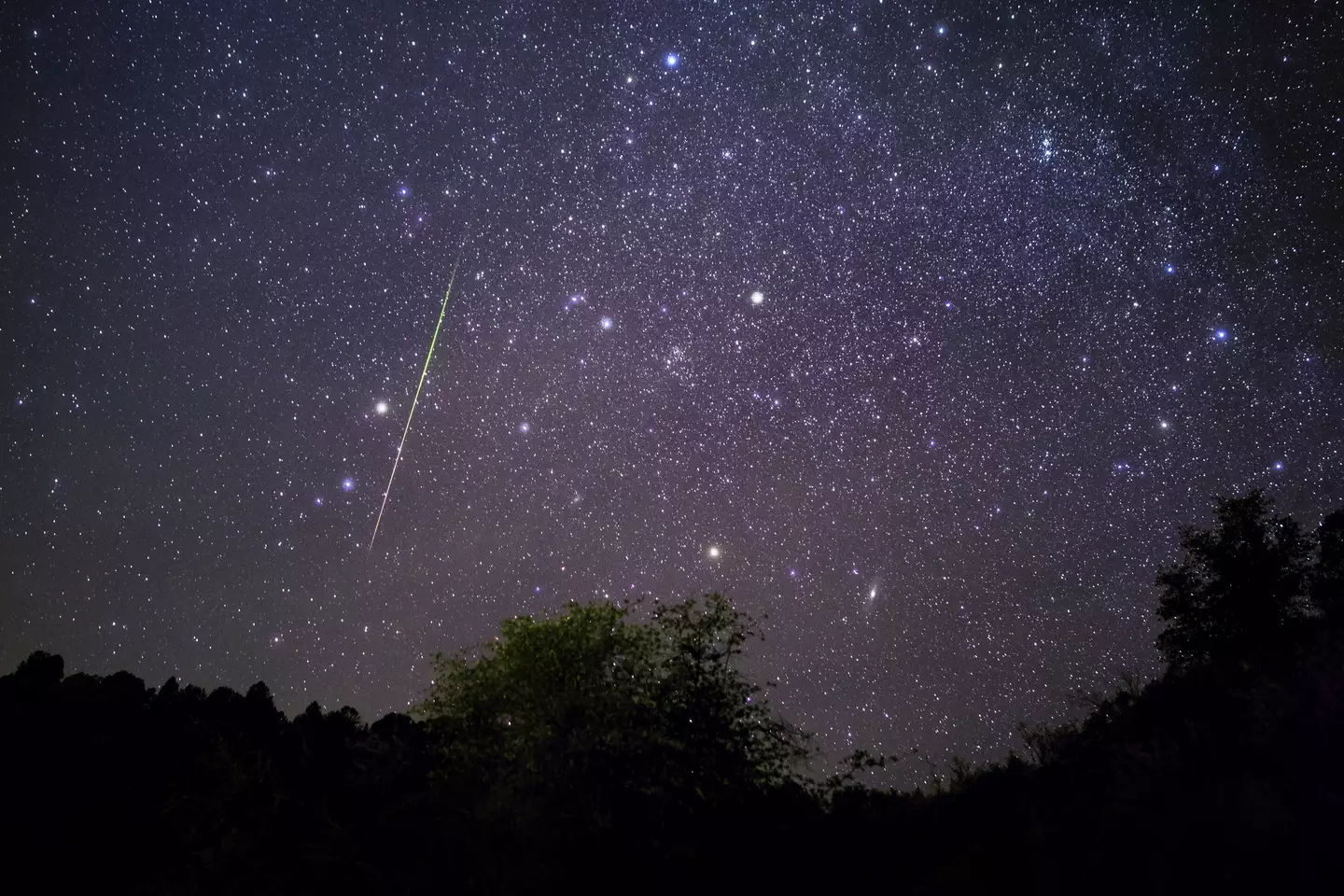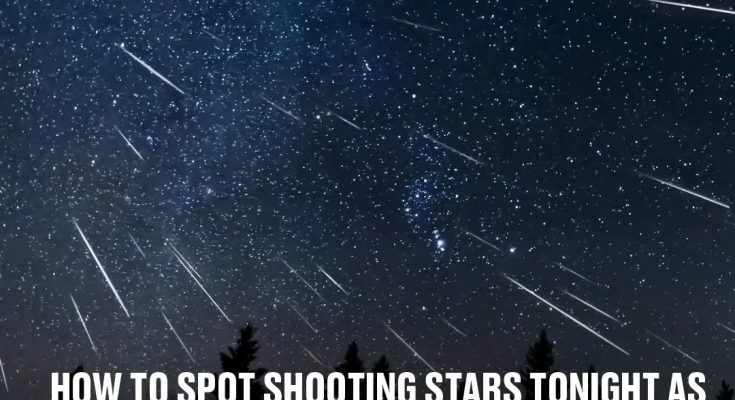Here is how you can maximise your chances of seeing a shooting star
Here is everything you need to know about an upcoming meteor shower which means shooting stars could be visible across UK skies tonight.
Brits it’s time to grab your coats and head to somewhere with minimal light pollution as we’re set to witness another celestial event.
And no, we’re not talking about the Northern Lights for once.
According to current forecasts, tonight (17 November) is when the Leonid meteor shower will reach it’s peak.

Listen up stargazers, as tonight you have to chance to see a meteor shower (Getty Stock Images)
What is the Leonid meteor shower?
Also referred to as shooting stars, meteor showers occur when debris left behind by comets shoot through the Earth’s atmosphere at rough speeds of 70 kilometres per second. The speed causes the debris to vaporise, which creates the familiar streaks of light in the sky.
The Leonid meteors originate from the comet 55P/Tempel-Tuttle and typically peak around mid-November every year.
Every 33 years, these comets will produce major storms where hundreds – and possibly even thousands – of meteors can be seen in the night sky. The last storm occurred in 2002, while the most famous storm is said to have seen around 100,000 meteors per hour shoot through the sky back in 1833.
Although tonight’s storm is very unlikely to be as impressive as this, it’s still something worth keeping an eye out for.
How can I see the Leonid meteor shower?
When it comes to maximising your chances of seeing the Leonids, advice from the Royal Museums Greenwich advises that you find a find a spot away from light pollution, ideally a place in which you can observe a large amount of the night sky with your feet pointing eastward.
.jpg)
Get ready to be patient if you want to see meteors tonight (Getty Stock Images)
The advice adds that you should give your eyes around 30 minutes to adjust to the dark, which will maximise your chances of seeing the meteors shooting across the sky.
It’s expected that around 10 to 15 meteors will be visible above the sky, which means you may have to be patient and not expect to be dazzled in your first few minutes of staring up at the sky.
For anyone feeling bold enough to head out into the wilderness in search of the meteors, NASA suggests bringing a sleeping bag, blanket or lawn chair with you.
It’s also important to note the meteor shower coincides with a full moon, which will impact your viewing capabilities. Make sure you also double check the weather before heading outside as well, as a cloudy night will also put a dampener on your viewing experience.



